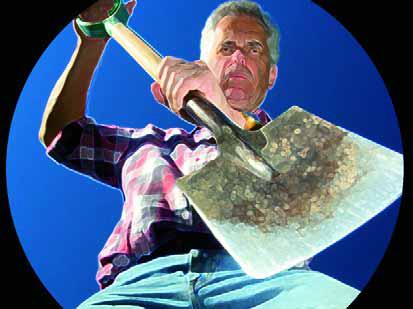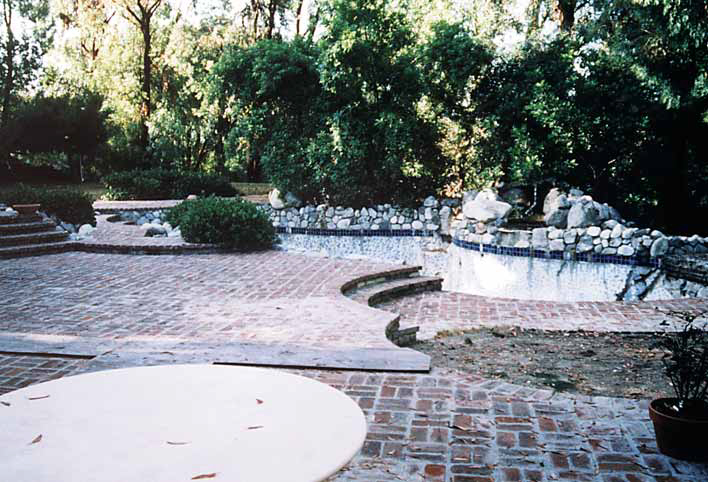piles
If I had my way, each of our watershaping projects would start with participation in the design-development phase, followed by a teamwork approach aimed at delivering a wonderful composition to deserving, contented clients. This, however, was not one of those smooth-sailing projects, not even close. By the time I was contacted about this one, remodeling of the house had already been under way for three-plus years and seemed to be following a roundabout path toward completion at some elusive future date. I wasn't surprised to learn that
As watershapers, we all have one common goal in mind: We don't ever want our concrete pools, spas, fountains or waterfeatures - whatever it is we've just finished building - to move at any time, in any way at all. This is true no matter the physical or geological circumstances. On a slope, on the flat, elevated above a parking garage or set on rock or in sand or clay, wherever we're working, we follow
By Randy Beard Through the years, I’ve had the good fortune to work on a wide range of difficult sites and been forced to familiarize myself with all of the technologies and techniques that go into making these projects work. The two videos linked below offer a case in point: We were called in to build a pool at the base of an oceanfront lot rising
In last month's introduction to what it takes to prepare for, organize and complete the excavation stage of the watershape-construction process, basic common sense was the governing factor in how the process should proceed. What I was discussing last time, however, was simple, flat-site excavations - cases in which access is commonly not an issue, soils are often consistent across a site and the potential surprises are relatively few. This time, my focus is an altogether different breed of excavations - that is, the task of preparing a sloping, hillside site for installation of a watershape. This process offers
In last month's introduction to what it takes to prepare for, organize and complete the excavation stage of the watershape-construction process, basic common sense was the governing factor in how the process should proceed. What I was discussing last time, however, was simple, flat-site excavations - cases in which access is commonly not an issue, soils are often consistent across a site and the potential surprises are relatively few. This time, my focus is an altogether different breed of excavations - that is, the task of preparing a sloping, hillside site for installation of a watershape. This process offers
When he was brought in to replace a pool that had failed because of improper construction for the existing soil conditions, David Tisherman knew he’d have to dig deep to come up with a solution – literally. The resulting structural design defines an approach to building in which at least as much thought and care goes into what’s installed beneath a pool or spa as into how the project ultimately will look to the client. Some projects are doomed from the start, and it was pretty obvious when I first laid eyes on what was left of the existing pool that this was one of those cases: Light-duty construction coupled with a complete lack of consideration of existing soil conditions had resulted in a nightmare for the homeowner – and costly litigation for the contractor. But with every failure comes a chance to succeed, and that’s what we’re working toward in this project, which is about 50% complete as this chapter of the story is being written. Our goal: taking an utter catastrophe and transforming it to a


















